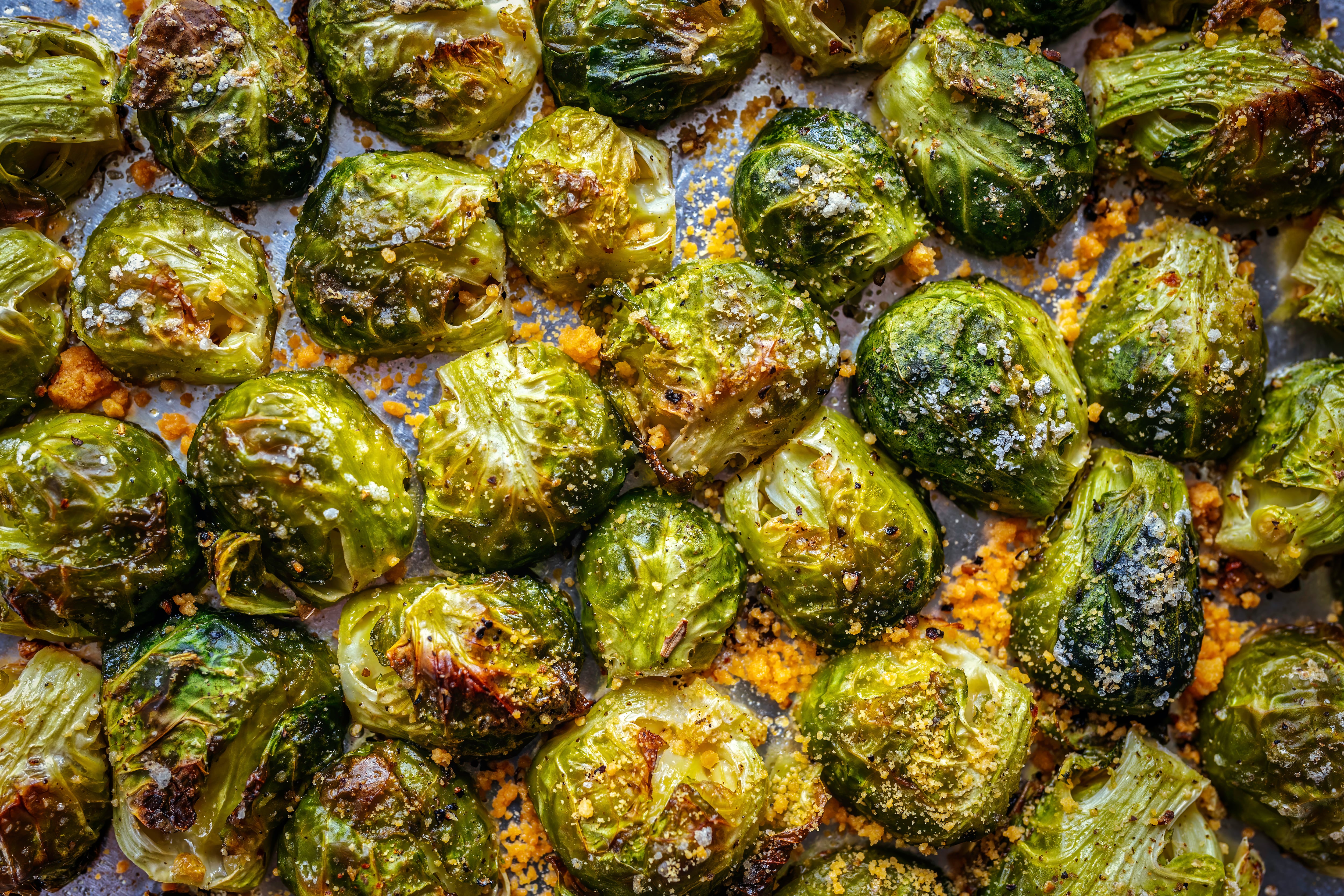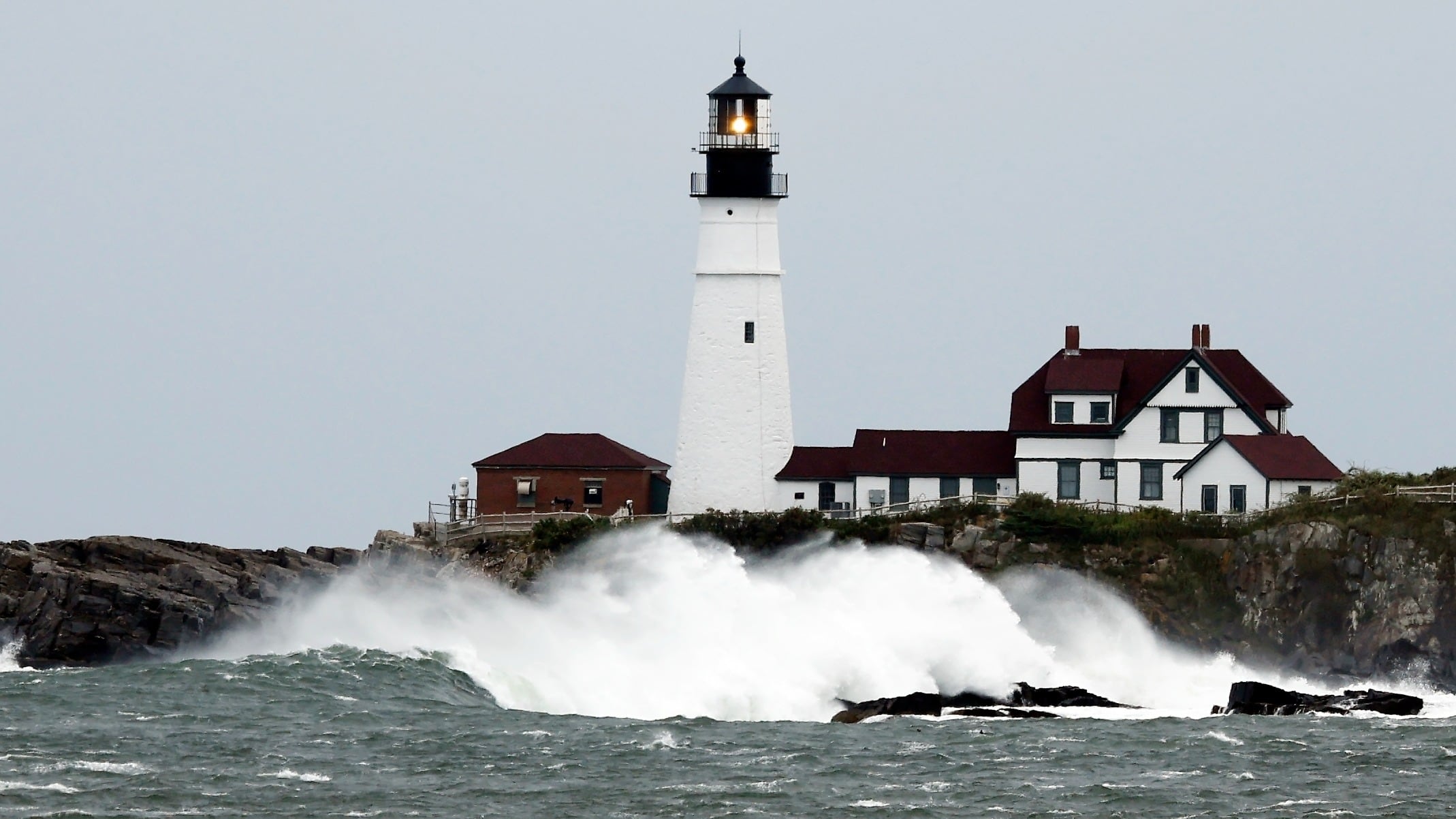Scientists say the hole in the Earth’s protective ozone layer over the Southern Hemisphere is larger than usual this year and already surpasses the size of Antarctica.
The European Union’s Copernicus Atmosphere Monitoring Service said Thursday that the so-called ozone hole, which appears every year during the Southern Hemisphere spring, has grown considerably in the past week following an average start.
“Forecasts show that this year´s hole has evolved into a rather larger than usual one,” said Vincent-Henri Peuch, who heads the EU's satellite monitoring service.
“We are looking at a quite big and potentially also deep ozone hole,” he said.
Atmospheric ozone absorbs ultraviolet light coming from the sun. Its absence means more of this high-energy radiation reaches the Earth, where it can harm living cells.
Peuch noted that last year's ozone hole also started out unremarkably but then turned into one of the longest-lasting ones on record.
The Montreal Protocol, signed in 1987, led to a ban on a group of chemicals called halocarbons that were blamed for exacerbating the annual ozone hole.
Experts say that while the ozone layer is beginning to recover, it's likely to take until the 2060s for the ozone-depleting substances used in refrigerants and spray cans to completely disappear from the atmosphere.
Health benefits of taking an ice bath.
How to prepare Brussels sprouts.
Cheddar News checks in with a coast-to-coast forecast of the weather for Monday, Sept. 18, 2023.
The United Nations revised its death toll numbers from the massive flooding in Libya.
Hurricane Nigel has formed in the Atlantic and is expected to intensify in the next 24 hours. Meanwhile, Lee brought rough surf along the U.S.-Canada border but the storm is expected to dissipate by Tuesday.
The United Nations is releasing an updated death toll in the Libya flooding disaster.
Hurricane Nigel has formed in the Atlantic and is expected to intensify in the next 24 hours. Meanwhile, Lee brought rough surf along the U.S.-Canada border but the storm is expected to dissipate by Tuesday.
Cheddar News checks in with a coast-to-coast forecast of the weather for Monday, Sept. 18, 2023.
Yelling that the future and their lives depend on ending fossil fuels, tens of thousands of protesters on Sunday kicked off a week where leaders will try once again to curb climate change primarily caused by coal, oil and natural gas.
Atlantic storm Lee — which made landfall at near-hurricane strength, bringing destructive winds and torrential rains to New England and Maritime Canada — kept weakening Sunday after officials withdrew warnings and predicted the storm would disappear early this week.











